Optical control using photonic crystals and metamaterials with structures the size of light wavelengths (or smaller) is
one of the most active research fields in recent years, and advanced optical devices have been proposed for ultimate control of light.
One of these is optical cloaking (invisibility cloaking) using micro- and nanostructures.
Optical cloaking is a function or phenomenon in which an object is surrounded by some structure to make it invisible and transparent.
Optical cloaking can be physically interpreted as "suppressing the scattering of light to the utmost limit and reproducing a scatter-free electromagnetic field as if nothing were present". In other words, optical cloaking can be achieved by designing a structure realizing the capable of scattering cancellation that minimizes light scattering outside the structure.
On the other hand, it is not easy to achieve sufficient performance in cloaking, even with approaches that use metamaterials and transformation theory, which are the mainstream worldwide.
Optical cloaking can be physically interpreted as "suppressing the scattering of light to the utmost limit and reproducing a scatter-free electromagnetic field as if nothing were present". In other words, optical cloaking can be achieved by designing a structure realizing the capable of scattering cancellation that minimizes light scattering outside the structure.
On the other hand, it is not easy to achieve sufficient performance in cloaking, even with approaches that use metamaterials and transformation theory, which are the mainstream worldwide.
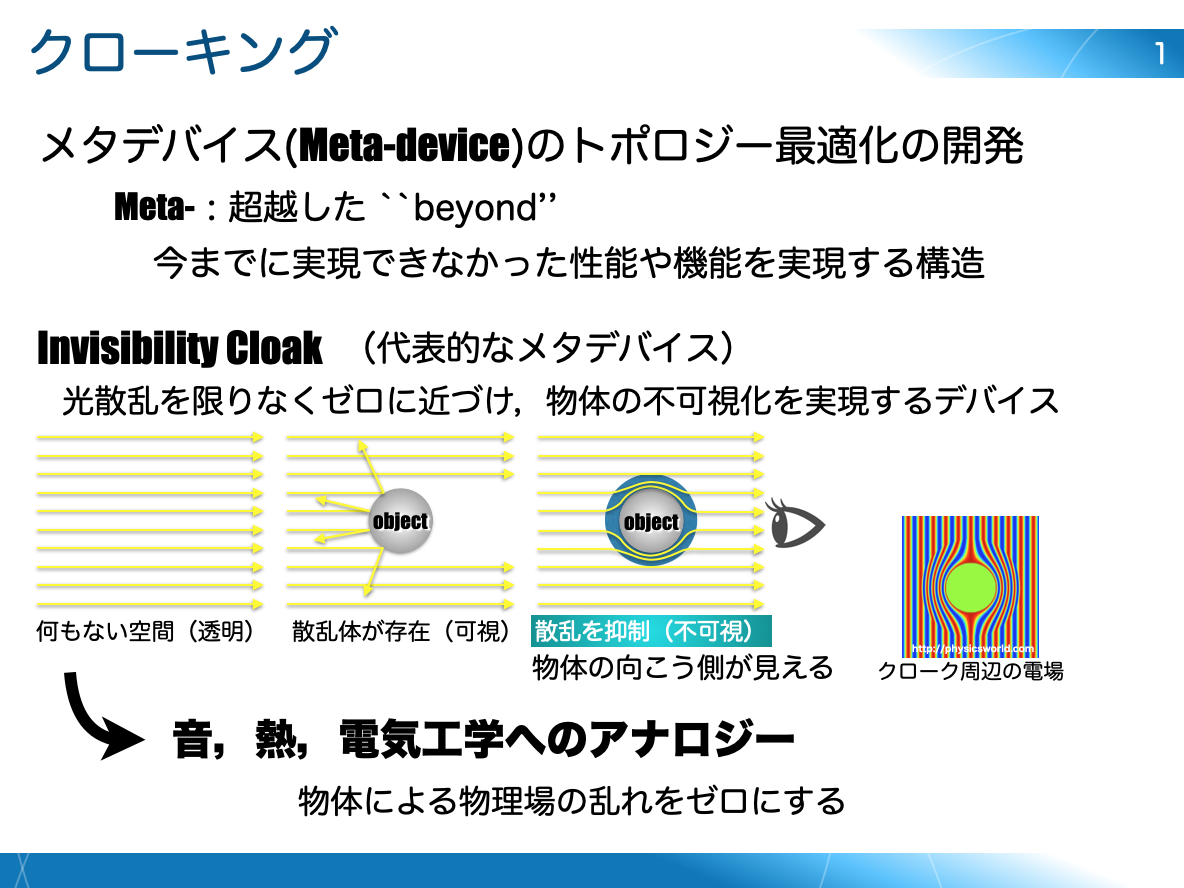
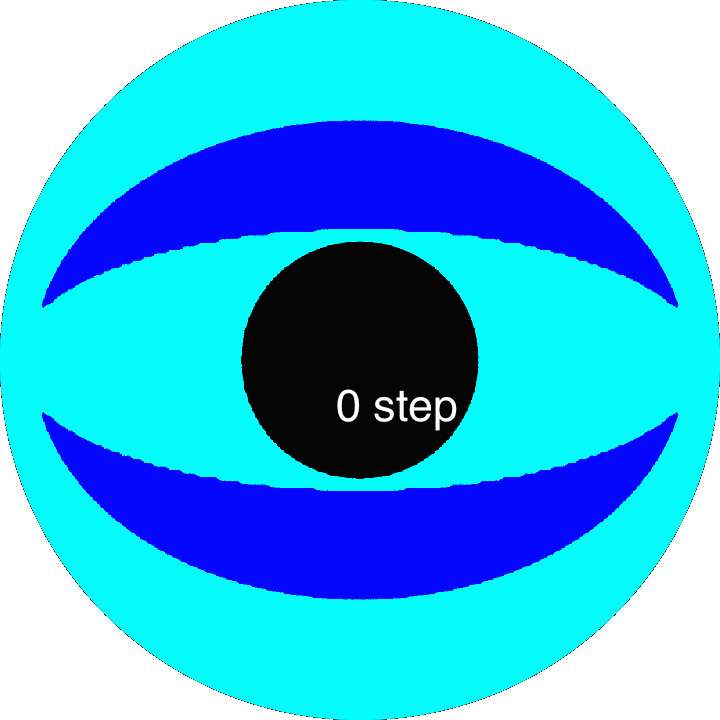
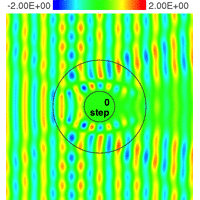
Topology optimized optical cloak Electric field around the cloak
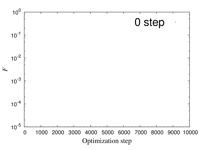
Minimizing an objective function for suppressing the light scattering
Optical cloak is a metadevice that can make an object invisible (transparent) and by minimizing light scattering by an object,
it reproduces an electromagnetic field as if the object and device were not present.
The capability of the optical cloaking can be achieved if it is possible to minimize the intensity of light scattering around the device as an objective function for light incident from the left. By modeling the structure with a level set function, light scattering at the dielectric interface can be reproduced by numerical simulation and improve the performance of suppressing the light scattering.
An optical cloak inversely designed by topology optimization can reduce scattering to less than 1% compared to a system of a bare scatter without the optical cloak.
The capability of the optical cloaking can be achieved if it is possible to minimize the intensity of light scattering around the device as an objective function for light incident from the left. By modeling the structure with a level set function, light scattering at the dielectric interface can be reproduced by numerical simulation and improve the performance of suppressing the light scattering.
An optical cloak inversely designed by topology optimization can reduce scattering to less than 1% compared to a system of a bare scatter without the optical cloak.
The concept of the optical cloaking, which makes an object transparent, has been applied to various physical phenomena,
such as acoustic cloaking, which minimizes acoustic scattering by objects, and
thermal cloaking, which minimizes heat flux disturbance caused by insulating materials.
We has attempted and achieved topology optimization for not only optical cloaks but also cloaks manipulating these phenomena and multi-physics.
We has attempted and achieved topology optimization for not only optical cloaks but also cloaks manipulating these phenomena and multi-physics.
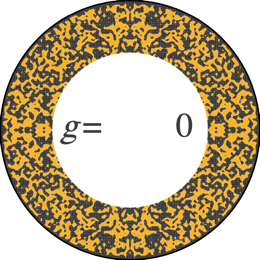
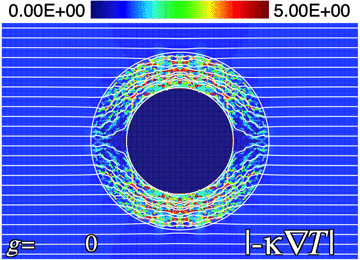
Optimized thermal cloak Manupulated heat flux around the cloak
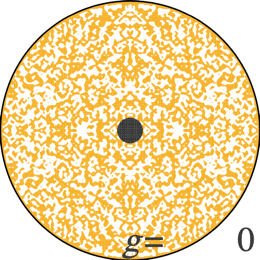

Optimal configuration Cloaked and concentrated heat flux
A typical application of cloaking is an invisible sensor that does not affect the physical field to be measured by ``cloaking a sensor''. The physical field to be measured by sensing is affected by the presence of the sensor and is different from the actual field to be measured. In order to realize an invisible sensor, sensing becomes possible only by focusing the physical field inside the sensor as well as by cloaking.
Controlling two or more physics and realizing the cloaking capabilities for the multi physics are a challenging problem
that reproduces the physical fields in the absence of obstacles in multiple physical fields, despite the presence of an obstacle that disturbs them.
We have been trying to optimize the topology of cloaking structures to realize multi-physical control, such as thermoelectric bi-physical cloaking that achieves cloaking of heat and DC current, and electromagnetic and acoustic multi-physical cloaking that achieves cloaking of electromagnetic waves (two polarizations) and sound by a single structure.
We have been trying to optimize the topology of cloaking structures to realize multi-physical control, such as thermoelectric bi-physical cloaking that achieves cloaking of heat and DC current, and electromagnetic and acoustic multi-physical cloaking that achieves cloaking of electromagnetic waves (two polarizations) and sound by a single structure.
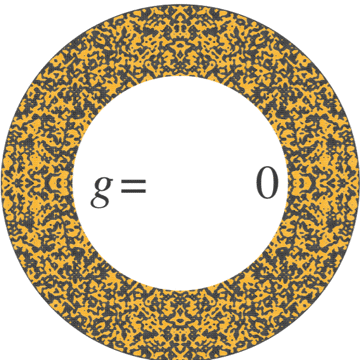
Optimized biphysical cloak
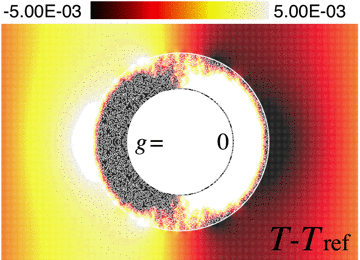
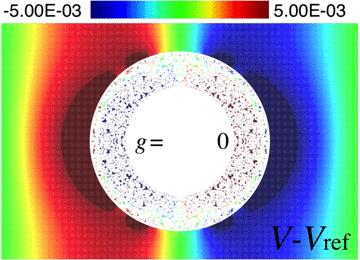
Difference between target and fields.